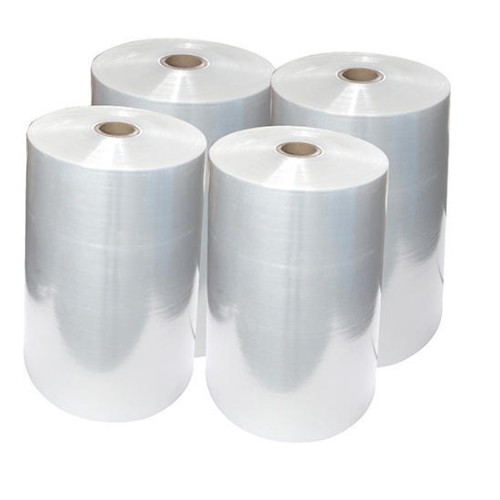Low-Density Polyethylene LDPE plastic rolls have gained prominence in the packaging industry due to their versatility, cost-effectiveness, and adaptability. However, as sustainability becomes a crucial focus, the role of LDPE in sustainable packaging is evolving in the following ways:
1. Recyclability and Circular Economy
LDPE is widely recyclable, often classified as plastic #4. Recycling LDPE reduces the demand for virgin materials and supports the circular economy by transforming used materials into new products. Many companies are integrating LDPE into closed-loop systems where post-consumer LDPE is collected, recycled, and reused in the manufacturing process.
2. Lightweight Properties
Compared to alternatives, LDPE offers high strength-to-weight ratios, which can reduce overall material usage. This minimizes transportation costs and carbon footprints, aligning with sustainability goals.
3. Bio-Based LDPE
Emerging innovations include bio-based LDPE made from renewable resources like sugarcane. This reduces reliance on fossil fuels while maintaining the properties of traditional LDPE.
4. Compatibility with Sustainable Additives
Manufacturers now incorporate additives like oxo-biodegradables or compostable enhancers in LDPE, aiming to accelerate its breakdown under specific conditions. However, these options must be carefully evaluated to ensure they meet end-of-life environmental standards.
5. Durability and Reusability
LDPE plastic rolls are used in applications like pallet wrapping and protective packaging, where durability is key. This strength allows for reuse in multiple cycles before recycling, extending the material's lifespan and reducing overall waste.
6. Waste Reduction Innovations
LDPE rolls can now be engineered thinner without compromising functionality, reducing material usage and waste. Advances in polymer technology enable lighter films with enhanced performance. Heavy materials are frequently stored in our PP Jumbo Bags. Our products are made especially for packing fertilizer, building supplies, food grains, and a lot more.
7. Regulatory Compliance and Certifications
Adopting LDPE in sustainable packaging aligns with regulations promoting environmental responsibility. Certifications like the Global Recycled Standard (GRS) encourage the use of recycled LDPE content, ensuring traceability and environmental impact reduction.
Challenges and Considerations
Despite its benefits, LDPE faces challenges:
- Contamination in Recycling Streams: LDPE can be contaminated by food or other materials, complicating recycling processes.
- Public Perception: Plastic, including LDPE, often faces criticism despite its recyclability, pushing companies to focus on transparency and education.
Conclusion
LDPE plastic rolls play a crucial role in sustainable packaging trends. By leveraging advancements in recycling, bio-materials, and design efficiency, LDPE can meet sustainability goals while maintaining its competitive edge in packaging solutions.








